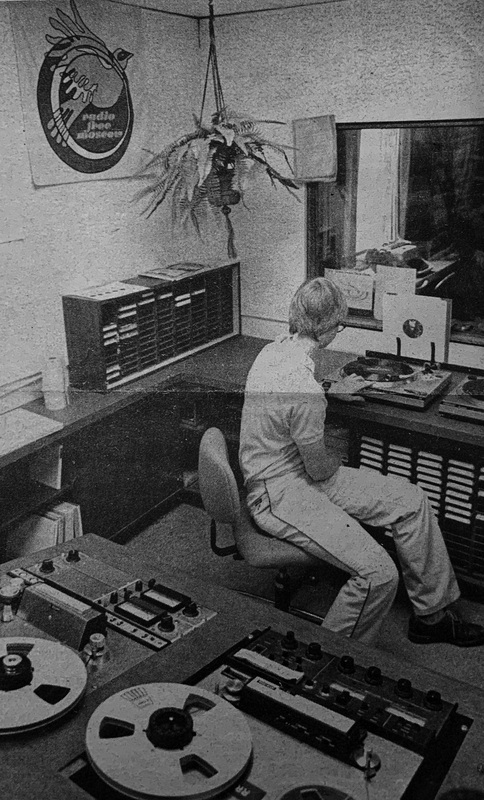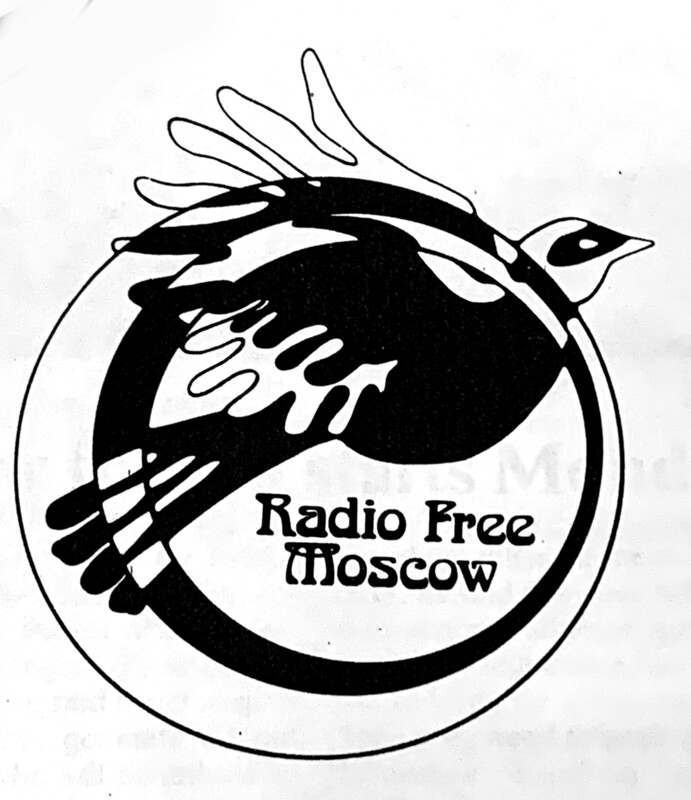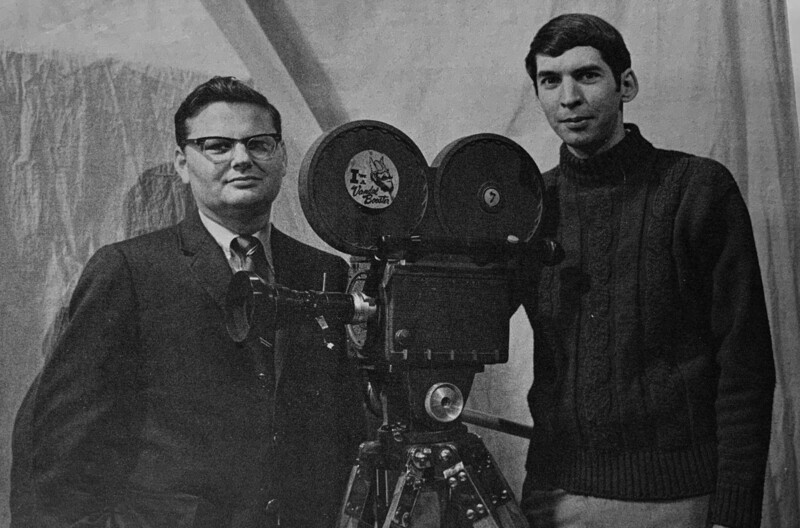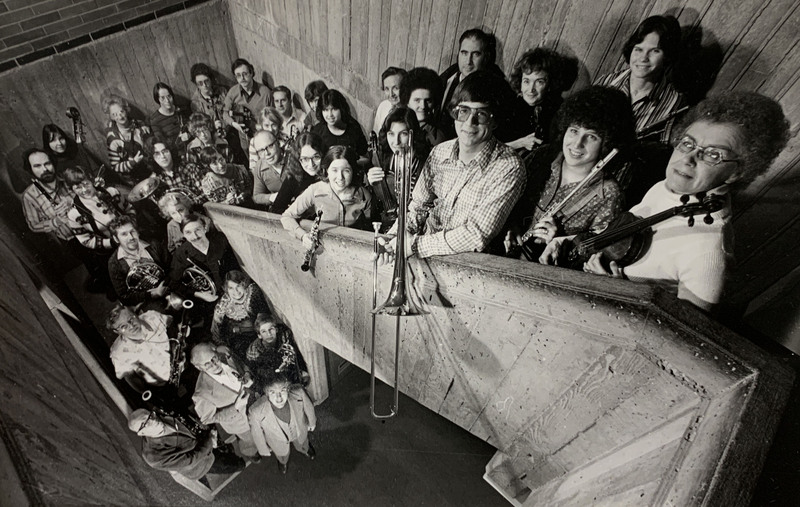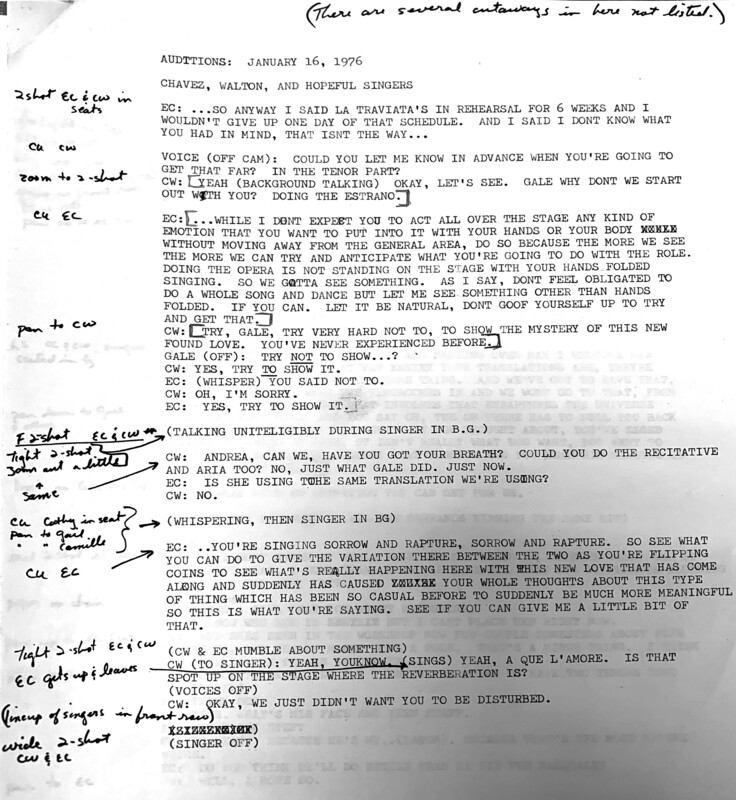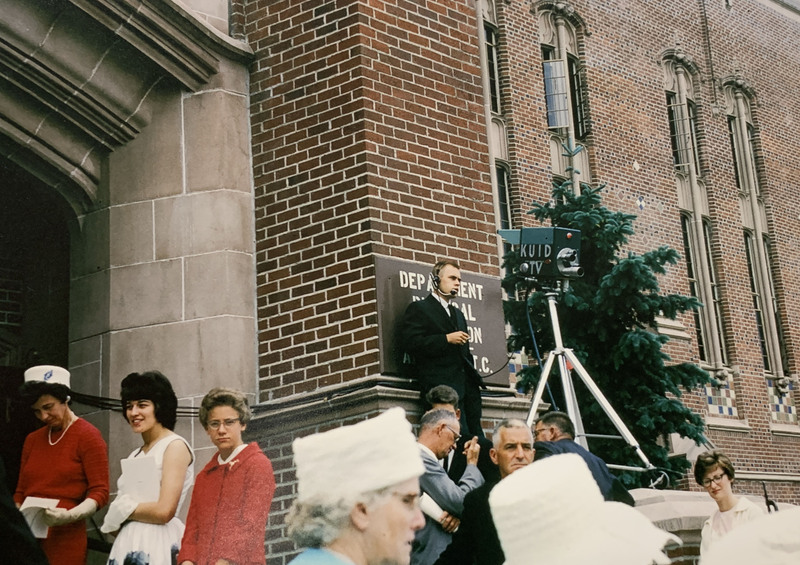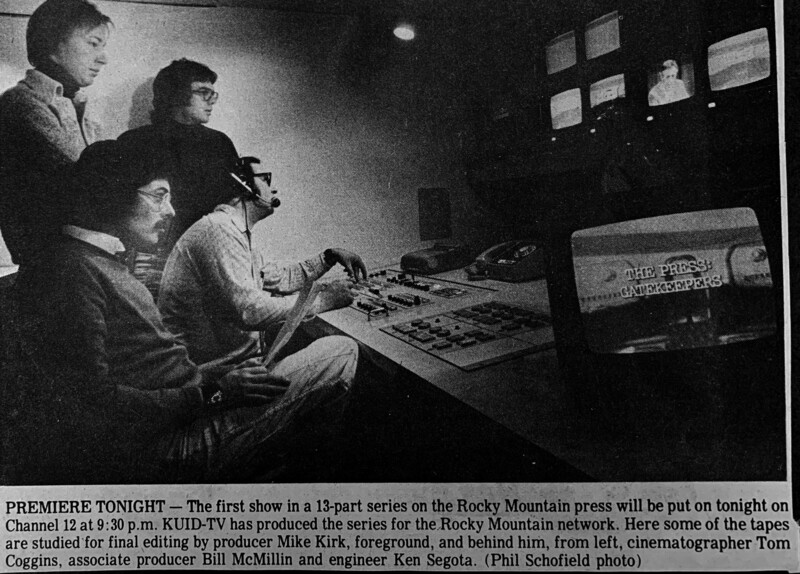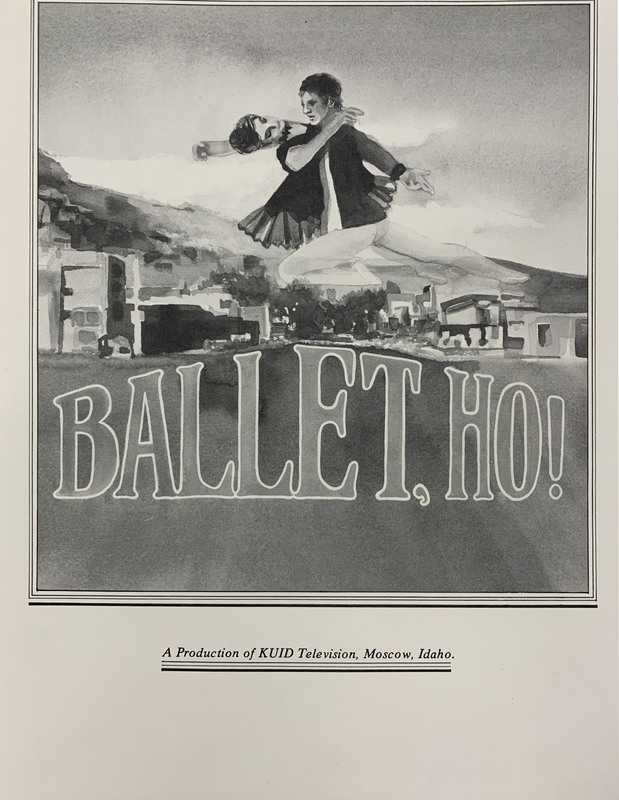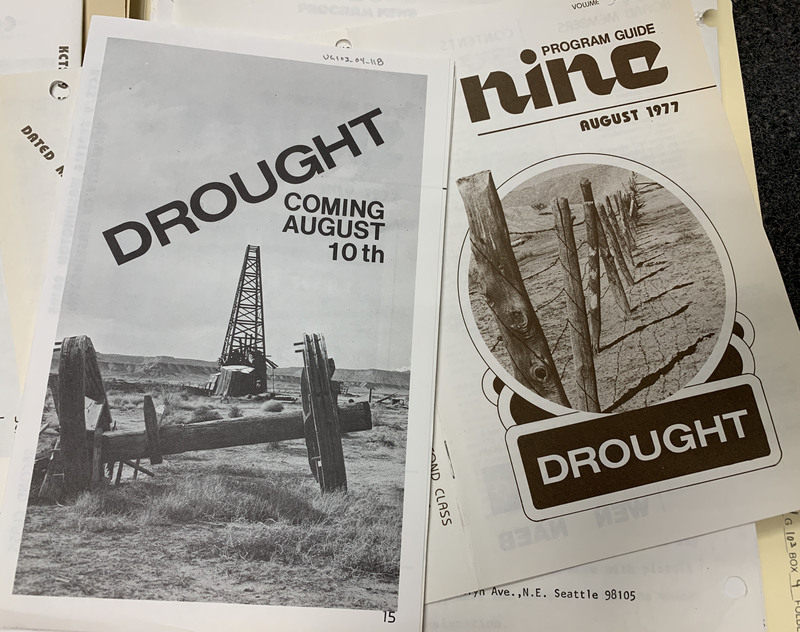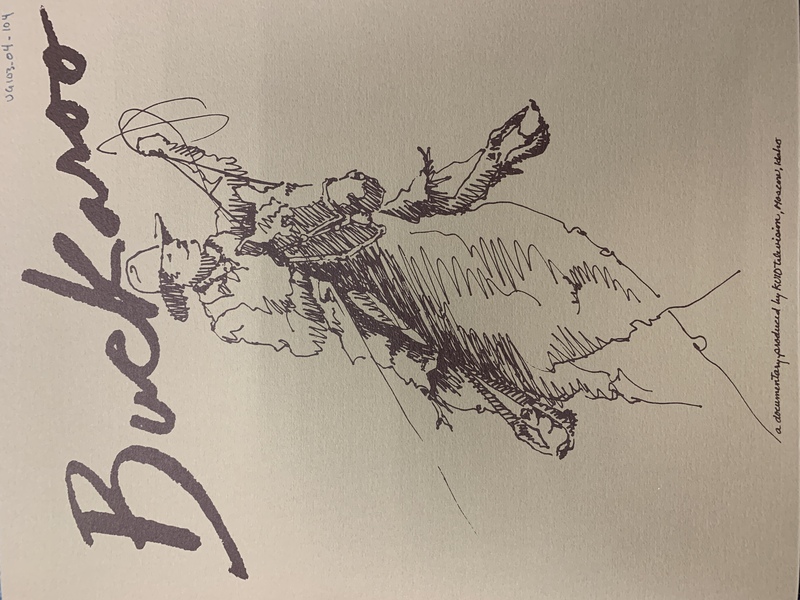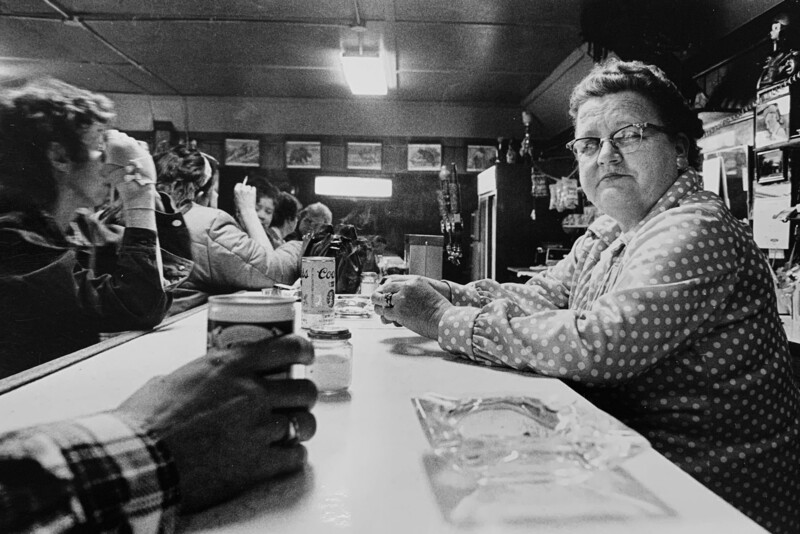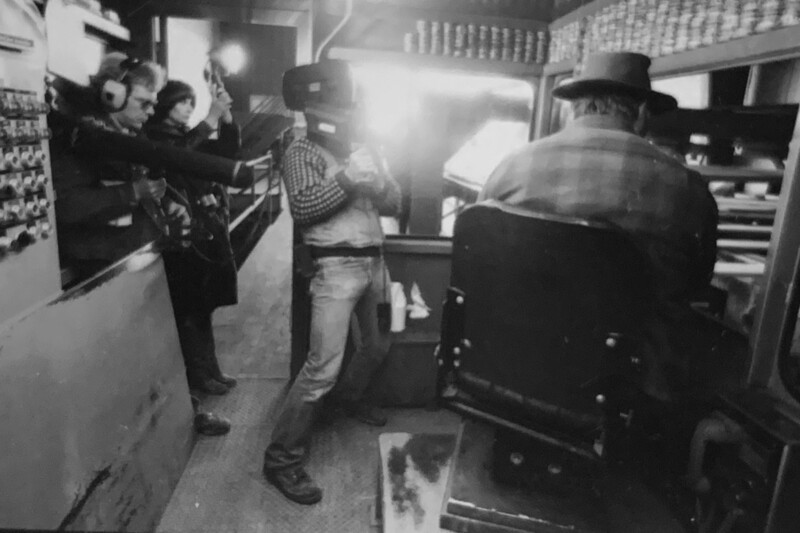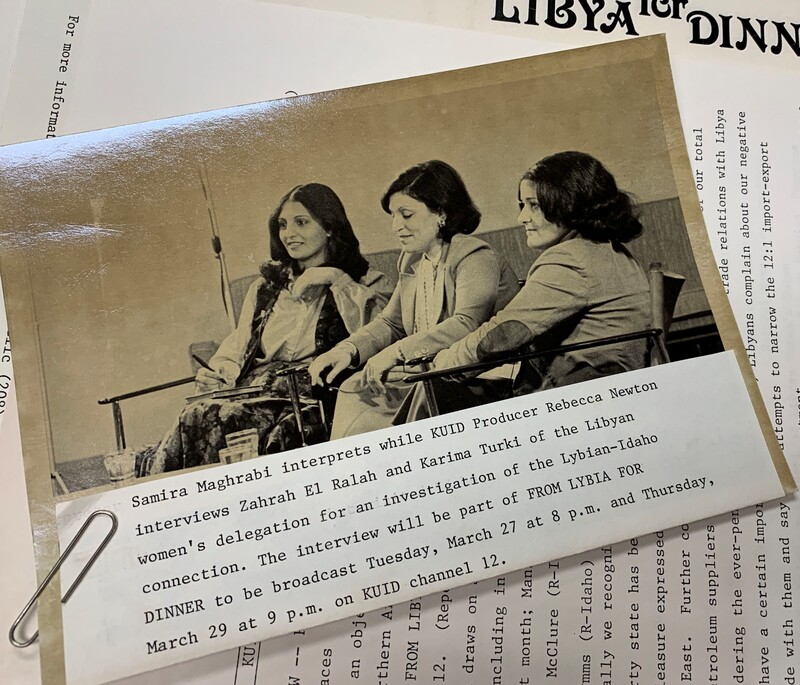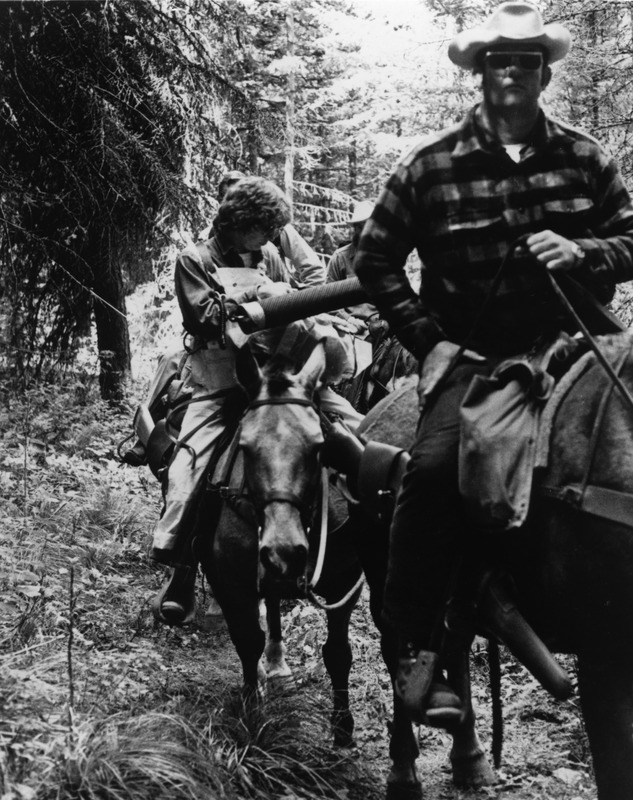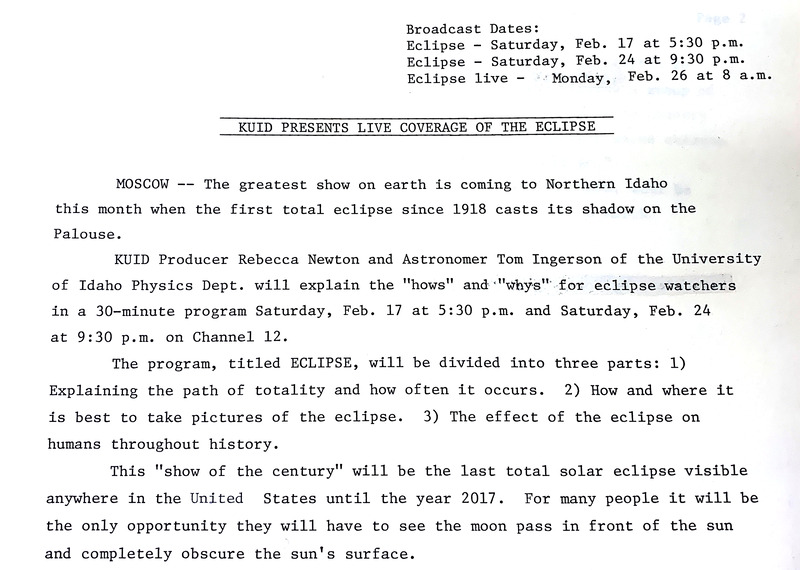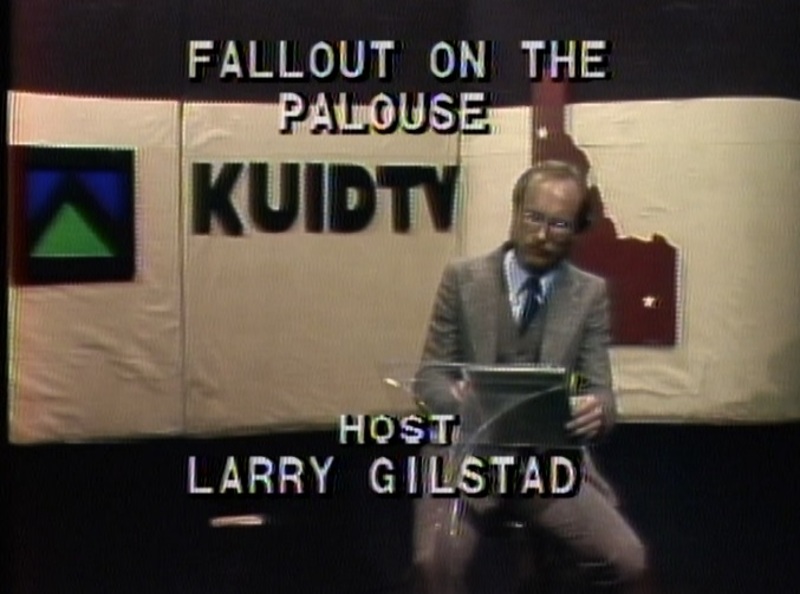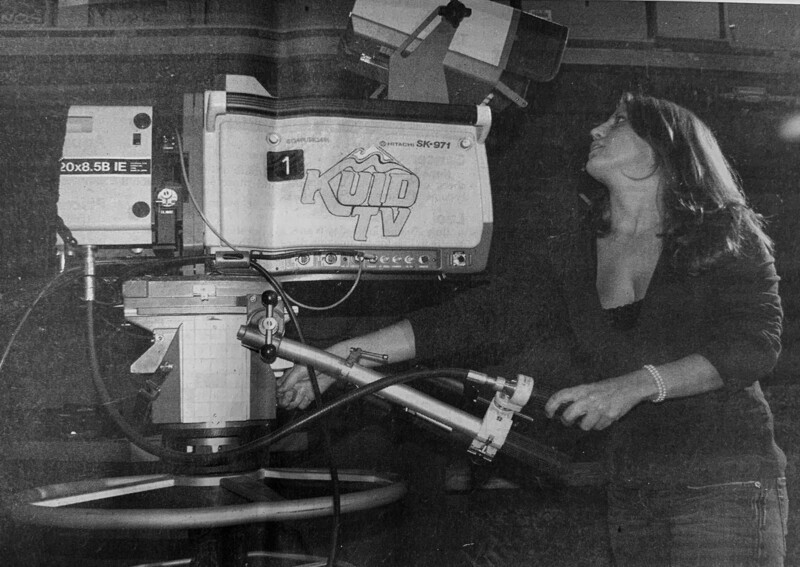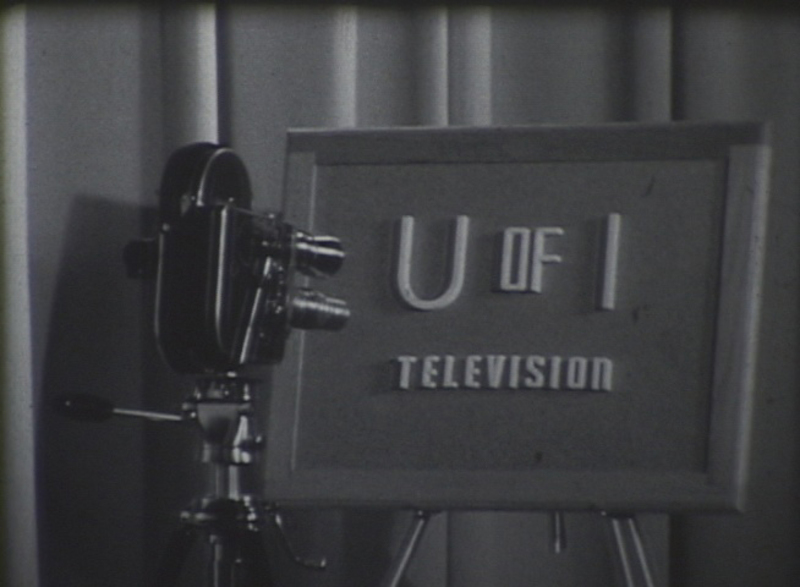Our blog post title is a variation on one Glenn Mosley used for his KUID article in the 2005 Spring edition of Here We Have Idaho. It still holds true after almost 20 years.
KUID-FM first began radio broadcasting in 1956. Dubbing itself “Radio Free Moscow,” it was the first education FM radio service in Idaho. It grew from there. Two years later, KUID-TV went live, broadcasting to an 80-mile radius of the Moscow area, and making it the first public television station in the state. The KUID and JAMM Records collection, 1951-2003 covers its history and includes the 2005 reunion.
The idea of a radio/television center laboratory was the brainchild of Boyd Martin, dean of the College of Letters & Science and Gordon Law, head of the Department of Communications. Law also served as the first station manager followed by Pete Haggart who had worked at the center from the beginning. He would go on to have a long career at the U of I, shepherding KUID and leading the School of Communications.
The stations were constructed to give students hands-on experience in a radio and television laboratory. Added benefits were that the center enabled the university to extend its outreach and provide information and culture to a larger audience. Two cultural events were the Washington/Idaho Symphony program and The Making of an Opera.
In 1968, KUID aired a U.S. Senate candidates debate between Frank Church and George Hansen. It also provided live coverage of the Memorial Gym graduation ceremony.
From the late 1970s to the early 1980s, KUID created and broadcasted Vandal sports and nightly news shows, music, drama, and public affairs programming which was distributed by the Public Broadcasting Service. Students worked with professionals in the studio, control rooms, and editing booths. There was even a remote broadcast truck.
Its investigative journalism led to recognition and multiple awards. To mention but two: 1977 regional Emmy award for Skydiving and 1980 the national Gabriel Award for Iran, Religion, and World Conflict. Some other documentaries were “Ballet Ho!,” “Drought,” “Buckaroo,” “Cedar Thief!” and “From Lybia for Dinner.”
The documentaries touched on issues that were relevant to the region. Consequently, they occasionally stirred up controversy as Kellogg: The Best To You Each Morning, (a report on lead poisoning in the Silver Valley, 1974) and Sweet Land of Liberty: the Moscow Pullman Gay Community (1976) did.
Rachel Newton, one of the writers and producer, would accompany a two-person crew out to conduct field interviews. Amongst their adventures, they rode pack mules into the Idaho wilderness to report on The Game and followed cowboys for the documentary Buckaroo, before turning the studio for editing.
Other events covered were the 1979 solar eclipse and the 1980 eruption of Mount Saint Helens.
At KUID’s acme, there were 22 employees creating seven hours of programming a week.
In 1982, Idaho Public Television was created to manage and run all the public television stations in the state. The University of Idaho lost control of KUID but was still able to use it as an educational laboratory. It created a unique situation of dual management which enabled it to continue to serve a variety of needs.
Two years later KUID-FM became KRFA-FM and part of Northwest Public Radio.
Over the intervening years, KUID-TV has celebrated its 40th and 50th anniversaries with current and former staff, retirees, students, and returning alumni. This year marks its 65th year.
Its mission has changed and its focus narrowed, but it continues to serve as a student laboratory to give majors the experience they need to launch their careers.
Here is a link to a Harvester post celebrating KUID’s 50th anniversary. There you will find a timeline of its history.


